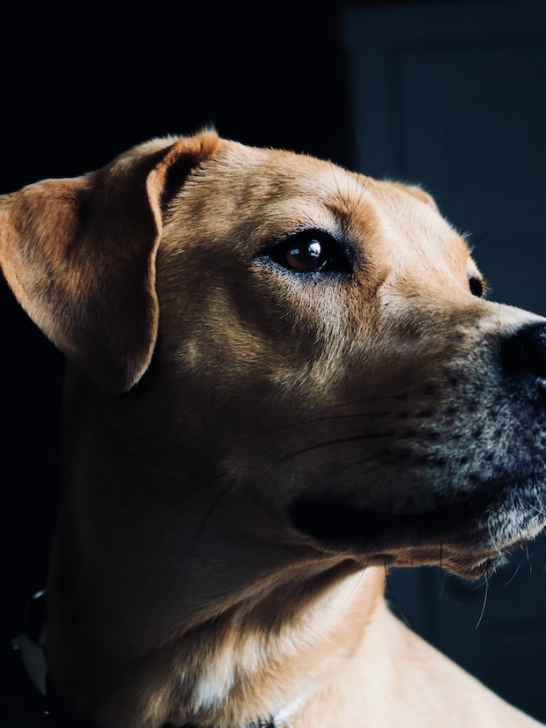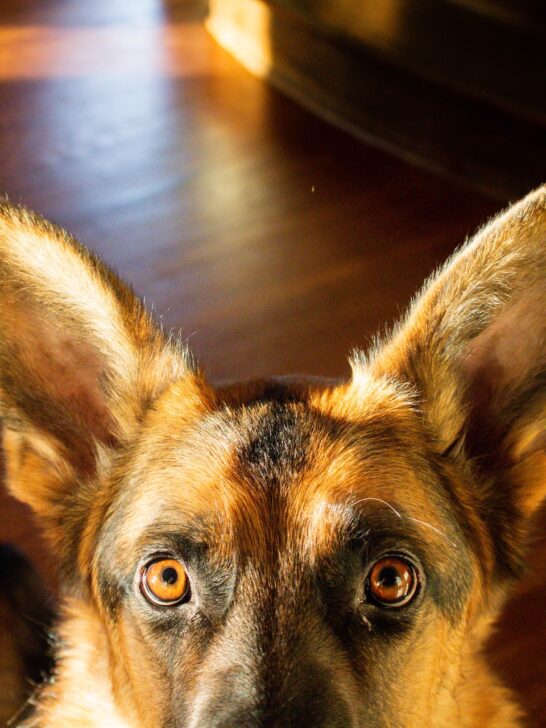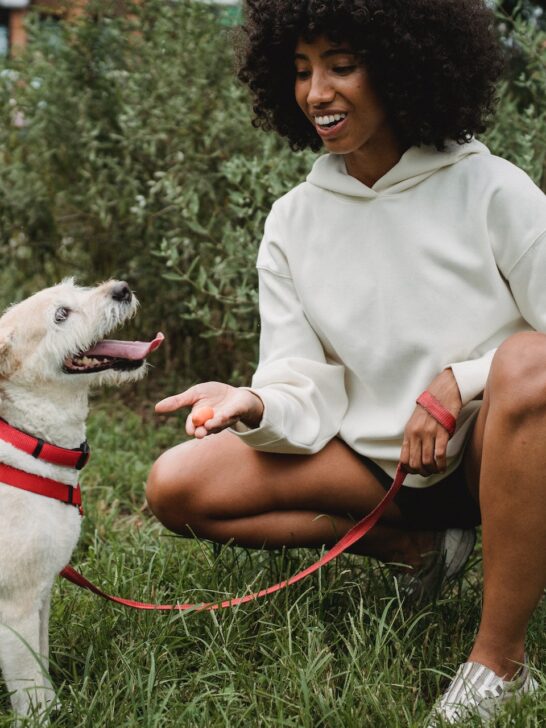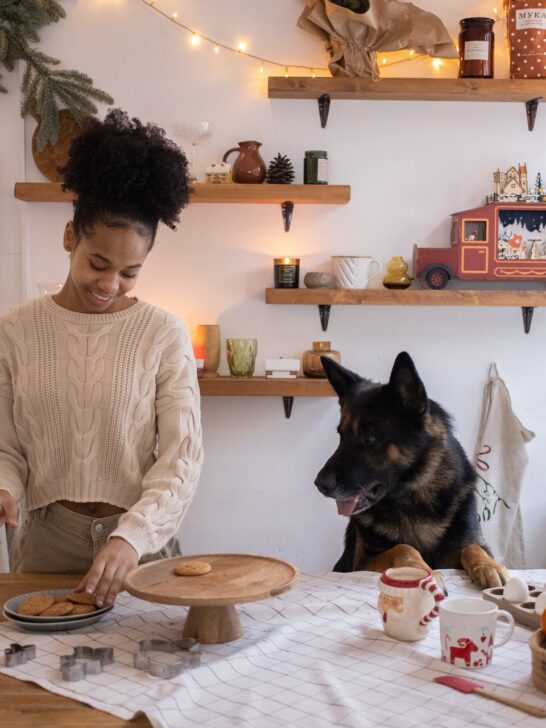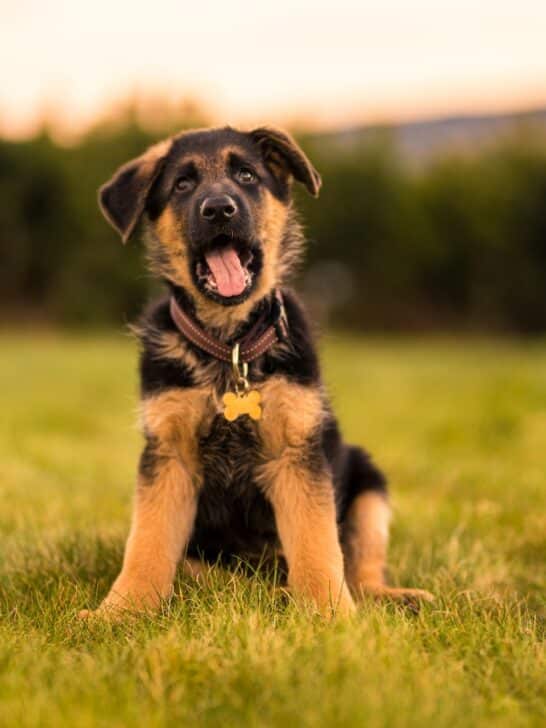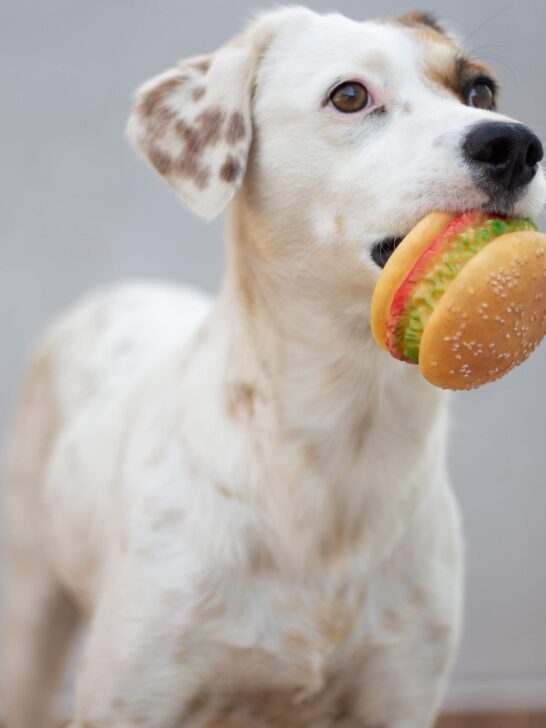How to Give German Shepherd Dogs Affection: A Comprehensive Guide
Did you know that the way you pet your German Shepherd can have an enormous impact on how they see you, feel about you, and behave toward you?
Dogs are highly sociable pack-orientated animals.
They relate to their environment deeply through physical touch.
So how should you pet your German Shepherd? When petting any dog, timing and delivery are key.
Be gentle, be loving, and get the owner’s permission.
You will also want to be sure you are offering affection at the right times and in the right ways.
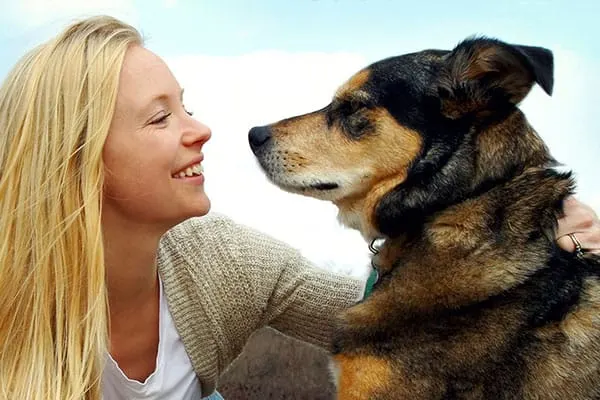
Why is Interacting Correctly With a German Shepherd so Important?
That the way that you pet your dog can influence how he behaves, responds to you, and feels.
Since dogs can’t speak, physical touch is one of their highest forms of communication.
Whether you’re greeting someone else’s German Shepherd or simply interacting with your own, physical touch matters.
German Shepherds are always gathering “intel” about the world that surrounds them.
The physical affection you offer is one form of this intel. You can read more on German Shepherds and their keen intelligence in this article.
Are You Part of the Pack?
As the descendants of wolves, dogs are social animals who are wired to blend into a pack.
This means that when you pet them, they’ll see you as either part of their pack or as a stranger.
Petting your German Shepherd correctly and at the right times can greatly influence how your dog sees you.
In a dog’s world, physical affection is given from mothers to pups, from littermate to littermate, from pack members to other pack members, and so on.
This physical affection isn’t just given around the clock, either. Rubs, snuggles, and grooming are ways to send a message.
Sending the right message to your German Shepherd by petting them correctly and at the right times can help them better understand how you feel and where they fit into your world.
That’s why petting is so important!
Grooming, petting, cleaning their eyes boogers, and snuggling with your German Shepherd can help them understand concepts of love and belonging that they wouldn’t otherwise be able to grasp.
Being aware of how your dog sees you and relates to your physical touch can have a huge impact on your overall relationship as well.

When and How Should You Pet a German Shepherd?
Physical affection can be a calming, rewarding, and bonding experience for a dog.
It’s important to pet your German Shepherd at the right times to reinforce the behaviors you like to see.
After all, German Shepherds are canine geniuses and are always learning from you.
When dogs interact with each other, they don’t just groom each other all day long.
In the same way, you should save your pets for the right moments.
Just like you wouldn’t reward a misbehaving child by giving them a lollipop, you shouldn’t pet a dog who is behaving aggressively, fearfully, or in a way that you don’t approve of, by petting them.
When you pet your German Shepherd, you are sending them a message.
This message will usually be one of the following things:
- You are a good dog
- Everything is okay
- You are important
- You are being groomed
Since physical affection communicates a clear message to your dog, it’s a good idea to understand when and how you as a human are sending that message.
It’s important to pet a dog who’s in the right mood and mindset.
When you pet a well-behaved dog who is in the right mindset, you’re telling them that they’re behaving properly.
With powerful dogs like German Shepherds, you’re also ensuring your safety.
Well-socialized German Shepherds love to be pet. Petting and stroking your pooch is a great way to show them your appreciation.
For some dogs, being stroked can be as rewarding as receiving a treat or hearing positive affirmations such as “good boy!”
How Can You Greet German Shepherds Correctly to Avoid Misunderstandings?
Remember to always approach a dog calmly and confidently, and only with the owner’s permission.
It’s also a good idea to offer your hand for a sniff test before you stroke a dog.
Some experts say to just ignore the dog entirely until it comes to check you out.
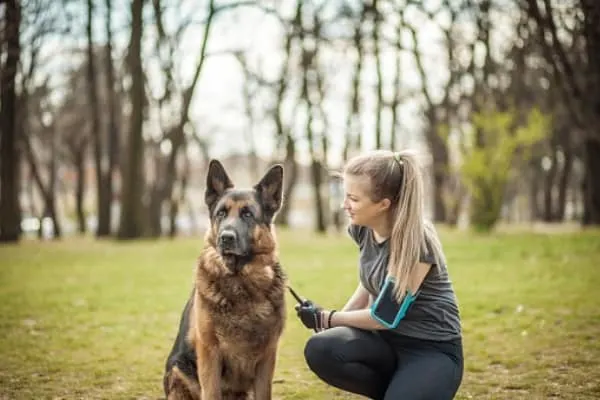
How to Recognizing a Calm and Happy German Shepherd?
If your dog is laying next to you on the couch (assuming they are allowed on the couch) and happily watching TV, it’s a great time to give them pets.
Alternatively, after completing a command, giving your dog a scratch behind the ears is a great idea.
If you’re petting someone else’s German Shepherd with permission, you may want to wait until the dog calmly comes up to you and asks for affection with calm happy body language.
Since it can be hard to tell when a dog is feeling calm and happy, here are a few body language cues that you keep an eye out for.
Body Language Cues of Calm Happy Dogs
- Regular, calm breathing
- A slowly wagging tail
- Relaxed ears
- Tail in middle, or low position of the back
- Rolling over and showing you their belly
Can Petting a Nervous or Overly Excited German Shepherd Make Things Worse?
When you pet a dog that is acting aggressively, fearfully, behaving poorly or is simply over-excited, you may be teaching them to misbehave.
This can be bad for both dogs and owners. You may also be placing yourself in danger.
Petting a dog sends them a message saying “great, keep doing that”.
If you do not want to send your dog this kind of message, you should save your petting for later.
Simply wait until they are acting in a way you like, and then offer affection.
Many people think that petting a dog will help them calm down and feel happy, but this is not always the case.
Reaching out to an upset dog by offering them physical affection at the wrong time may send them the opposite message you are intending.
You might even get bitten.
Your affection may be taken as a negative thing by dogs who are not “in the mood” or who are simply not in the right mindset.
Petting a frightened dog may make you come off as a threat to them. You also run the risk of making yourself seem scarier than you mean to be.
Physical Cues of Scared, Aggressive, or Excited German Shepherds
- Tail between the legs, cowering
- High tail wagging quickly (does not always mean they are happy)
- Growling, baring teeth, snarling or barking
- Ears alert, staring you down, overly excited
- Panting, whining, or pacing
- Trying to avoid you or back away
This video really goes over dog body language in a helpful and easy-to-grasp way.
When is it Okay to Pet a Scared German Shepherd to Comfort Them?
It is okay to pet a scared German Shepherd sometimes but not always.
If your dog is scared and needs affection, and you know them well, petting them may be the right thing to do to. It can help them feel safe.
Petting your dog tells them that you are protecting them.
Essentially, you will have to use your best judgment from situation to situation. Not all dogs are the same. Not all owners are the same.
Not all situations and circumstances are the same. Common sense is very important when your German Shepherd is scared or anxious.
For instance, petting and comforting a dog who is, say, scared of the vacuum cleaner, may not be the best thing to do.
This is because, with a super-smart breed like a German Shepherd, you may accidentally end up reinforcing their vacuum-related fears.
When you give affection to a dog who is afraid of something, you tell them, “yes that is scary, I see your point.”
While this will bring them comfort, it may also mistakenly teach your dog that your vacuum cleaner is indeed a scary monster.
Plus, some scared German Shepherds act out with aggression. Trying to touch a dog in this state can be downright dangerous.
So, while petting a frightened dog is fine in some situations, for other situations, it may be best to withhold attention.
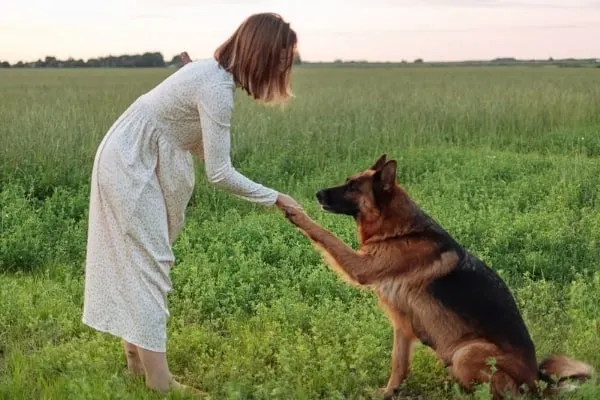
What is the Best Way to Pat, Stroke, and Physically Touch Your German Shepherd?
All dogs are different. What one German Shepherd loves, another may hate.
Some dogs enjoy belly-rubs, while others prefer a nice scratch behind the ears.
You may want to check out this helpful video for an in-depth intro on giving physical affection to the dogs in your life.
Petting Your German Shepherd Correctly is a Win for Everyone
So there you have it. The next time you pet your dog, you’ll be a belly-scratching expert!
Now you know when, where, why, and how to pet a German Shepherd.
We hope that this guide was helpful and that you get all of the German Shepherd snuggles you could ever want!
























